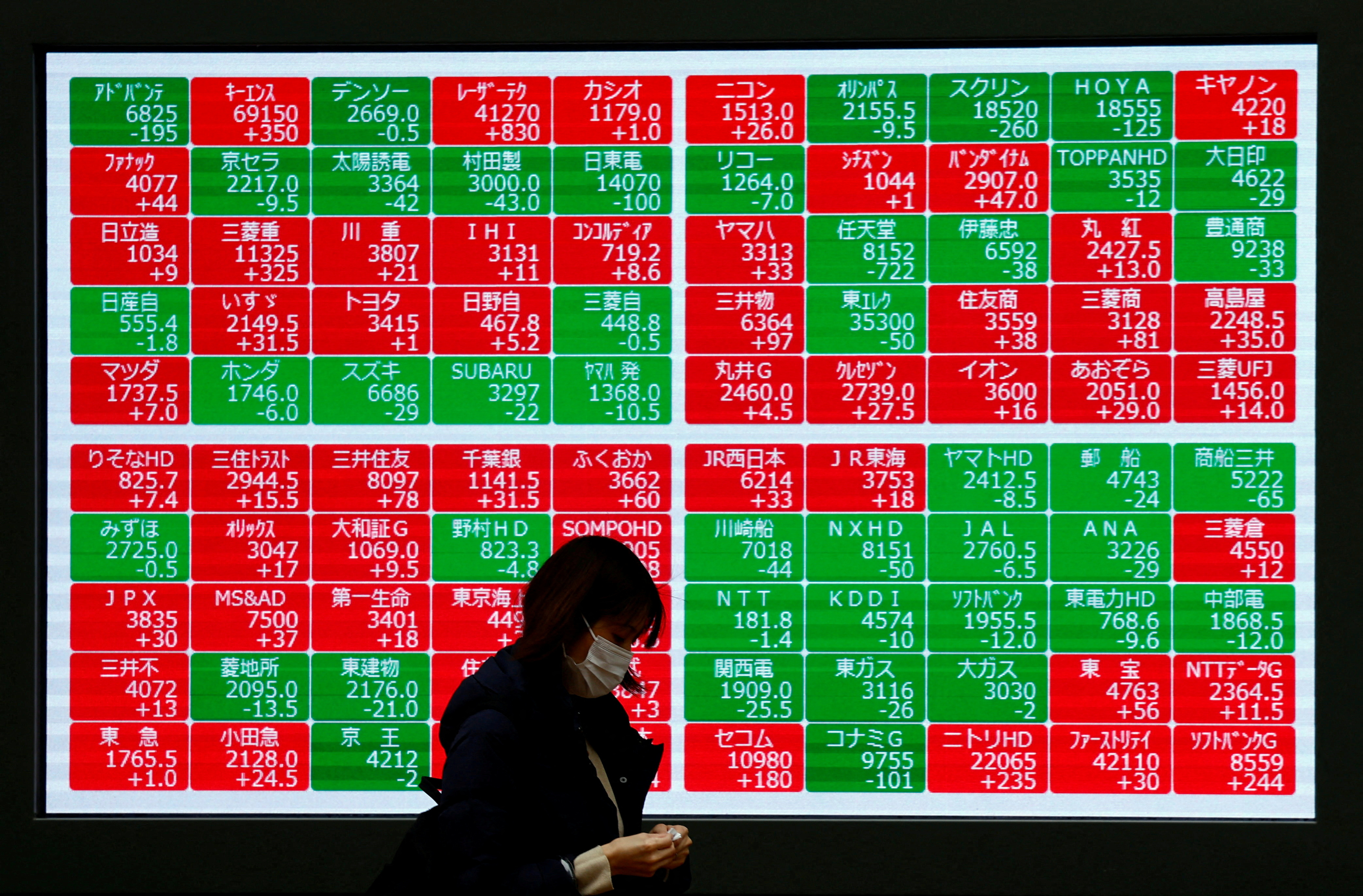Report on Remittance Costs and Their Impact on Sustainable Development Goals (SDGs)
Introduction
A migrant worker sending US$200 to the Philippines faces a choice between two money transfer operators offering different exchange rates: PHP59 and PHP56 per US dollar. This seemingly small difference results in a PHP600 gap for the recipient family, equivalent to a full day’s minimum wage. This scenario highlights a critical issue affecting millions of families worldwide who rely on remittances to meet basic needs.
Global Remittance Landscape and SDG Relevance
Annually, over US$650 billion in remittances are sent globally, supporting families by funding basic needs, healthcare, and education. Variations in transfer costs lead to billions lost due to unfavorable exchange rates. Enhancing transparency and reducing remittance costs directly support several Sustainable Development Goals, including:
- SDG 1: No Poverty – by increasing disposable income for low-income families.
- SDG 3: Good Health and Well-being – through improved access to healthcare.
- SDG 4: Quality Education – by enabling families to afford schooling.
- SDG 10: Reduced Inequalities – by promoting financial inclusion and fair pricing.
Role of the Remittance Prices Worldwide (RPW) Report
The World Bank’s Remittance Prices Worldwide (RPW) report, launched in 2008, monitors remittance costs across 367 corridors. It serves as a key tool for tracking progress toward the G20’s 3% cost reduction target, which aligns with the UN SDG agenda to make remittances more affordable and transparent. However, RPW’s quarterly updates may miss short-term price fluctuations affecting consumer decisions in real time.
Research on Foreign Exchange (FX) Margins in East Asia and Pacific
Ongoing research tracked daily FX margins—the difference between official and actual exchange rates—using data from Monito and Wise across five countries: the Philippines, Indonesia, Thailand, Vietnam, and China. Key findings include:
- Market competition, platform incentives, and provider behavior significantly influence remittance costs.
- Near-daily data from these platforms reveal pricing dynamics obscured by quarterly averages.
- FX margins vary widely not only between countries but also within platforms due to promotional campaigns and update frequencies.
Impact of Comparison Platforms on User Behavior
A 2024 working paper found that while 10–28% of migrants have habitual provider preferences, over half are willing to switch when presented with comparative pricing data. This suggests that platforms like Monito and Wise can promote competition, reduce costs, and enhance financial inclusion, supporting:
- SDG 8: Decent Work and Economic Growth – by empowering migrants to make cost-effective financial decisions.
- SDG 9: Industry, Innovation, and Infrastructure – through the development of transparent digital platforms.
Variability and Volatility in FX Margins
Data analysis revealed:
- Wise exhibited higher and more volatile FX margins compared to Monito, whose rates were more stable.
- Country-specific margin fluctuations were notable, with Indonesia showing the widest range (2.37% to 3.41%).
- Provider-level trends showed dynamic pricing strategies, with Xoom displaying significant week-to-week swings and Western Union maintaining steadier, lower rates.
- Remitly consistently stayed below the G20 and UN SDG target of 3%, demonstrating progress toward affordable remittances.
These findings emphasize the need for detailed, real-time data to understand pricing behaviors and promote fairer remittance costs.
Visual Data Insights


Conclusion and Implications for Sustainable Development
This analysis underscores the importance of real-time, platform-specific tracking to complement quarterly reports like RPW. Enhanced data granularity enables stakeholders to identify and act on rapid changes in remittance pricing, fostering competition and lowering costs. The broader impact aligns with multiple SDGs by:
- Increasing the financial resources available to migrant families.
- Improving access to education and healthcare.
- Supporting economic resilience and poverty reduction.
- Promoting transparency and financial inclusion globally.
Given that over 200 million migrants support their families through remittances, making these transfers more affordable is essential not only for economic reasons but also for transforming lives and advancing the Sustainable Development Goals.
1. Sustainable Development Goals (SDGs) Addressed or Connected
- SDG 1: No Poverty
- The article discusses how remittances support millions of families by covering basic needs, healthcare, and education, directly contributing to poverty alleviation.
- SDG 8: Decent Work and Economic Growth
- Remittances represent a significant economic activity supporting migrant workers and their families, influencing economic stability and growth.
- SDG 10: Reduced Inequalities
- The focus on reducing remittance costs and improving transparency aims to reduce inequalities faced by migrant workers and their families.
- SDG 17: Partnerships for the Goals
- The article references global partnerships such as the World Bank’s Remittance Prices Worldwide report and the G20’s cost reduction target, highlighting international cooperation.
2. Specific Targets Under Those SDGs Identified
- SDG 1 – Target 1.4: Ensure that all men and women have equal rights to economic resources, including access to financial services.
- Remittance cost reduction and transparency improve access to affordable financial services for migrant workers.
- SDG 8 – Target 8.3: Promote development-oriented policies that support productive activities, decent job creation, entrepreneurship, creativity and innovation.
- Lower remittance costs foster economic growth by enabling migrant workers to send more money home, supporting families and local economies.
- SDG 10 – Target 10.c: Reduce to less than 3% the transaction costs of migrant remittances and eliminate remittance corridors with costs higher than 5%.
- The article directly references the G20 and UN SDG target to reduce remittance costs to below 3%.
- SDG 17 – Target 17.14: Enhance policy coherence for sustainable development.
- The collaboration between international organizations and data platforms promotes coherent policies to reduce remittance costs.
3. Indicators Mentioned or Implied to Measure Progress
- Indicator for SDG 10.c: Average cost of sending remittances as a percentage of the amount sent.
- The article cites the World Bank’s Remittance Prices Worldwide (RPW) report, which tracks remittance costs quarterly across 367 corridors.
- Data from platforms like Monito and Wise provide near-daily foreign exchange margin tracking, offering finer granularity to measure cost fluctuations.
- Indicator for SDG 1.4 and 8.3: Access to affordable financial services for migrant workers.
- The article implies monitoring the availability and transparency of money transfer operators and platforms as a proxy for financial inclusion.
- Additional implied indicators:
- Volatility and variation in foreign exchange margins across providers and countries.
- Percentage of migrants willing to switch providers based on comparative data (user behavior studies).
4. Table: SDGs, Targets and Indicators
| SDGs | Targets | Indicators |
|---|---|---|
| SDG 1: No Poverty | 1.4: Ensure equal access to economic resources and financial services |
|
| SDG 8: Decent Work and Economic Growth | 8.3: Promote policies supporting productive activities and decent jobs |
|
| SDG 10: Reduced Inequalities | 10.c: Reduce transaction costs of migrant remittances to less than 3% |
|
| SDG 17: Partnerships for the Goals | 17.14: Enhance policy coherence for sustainable development |
|
Source: devpolicy.org







